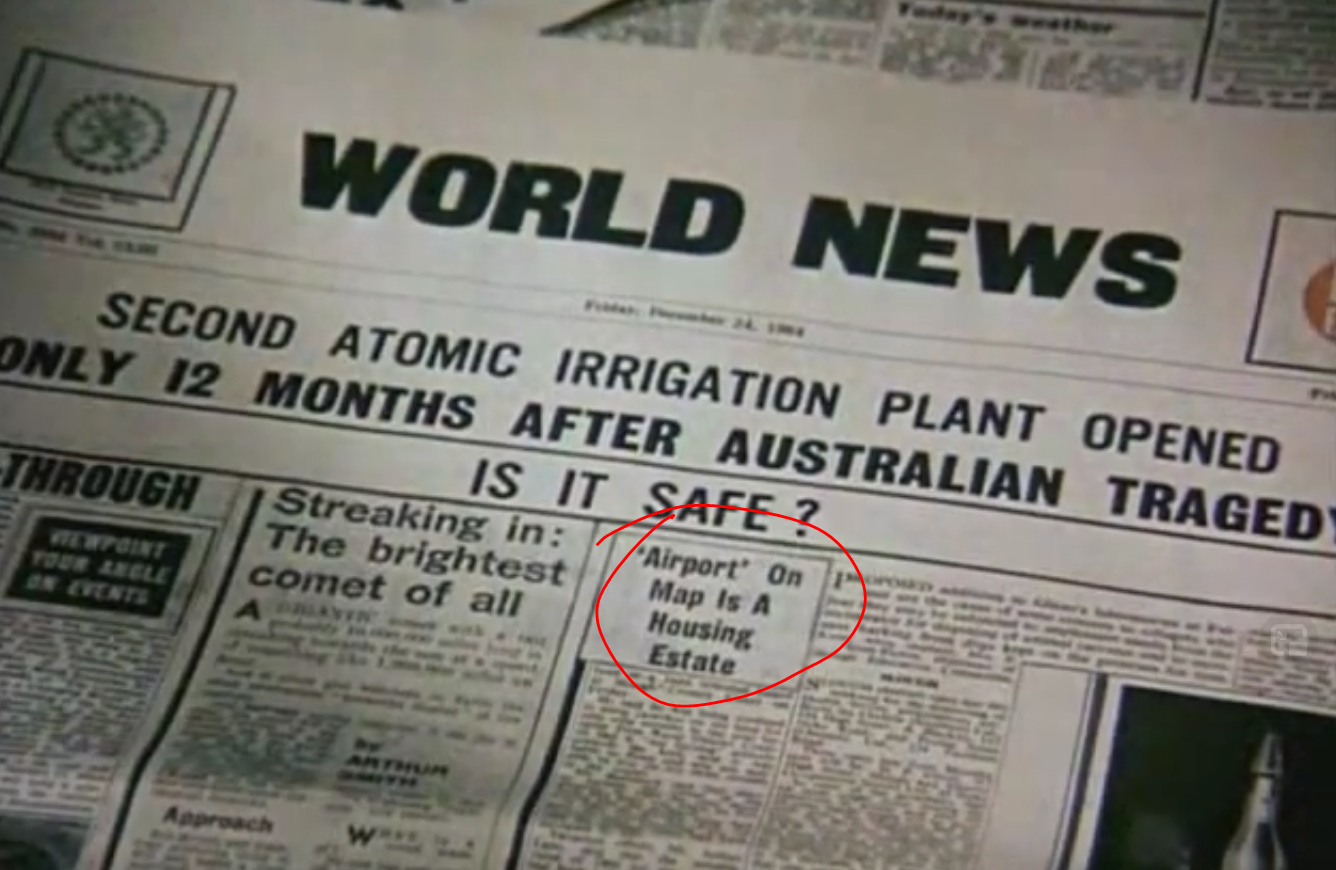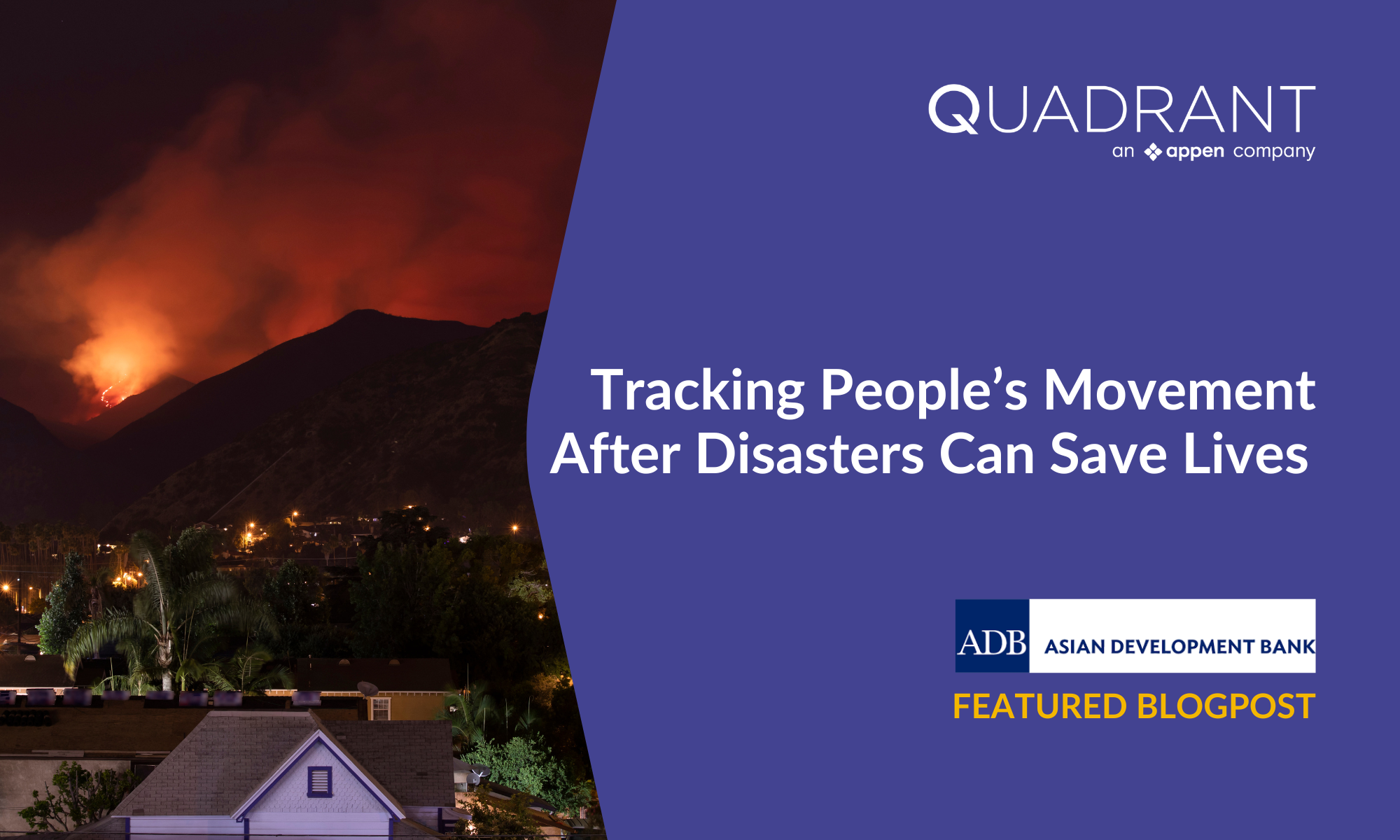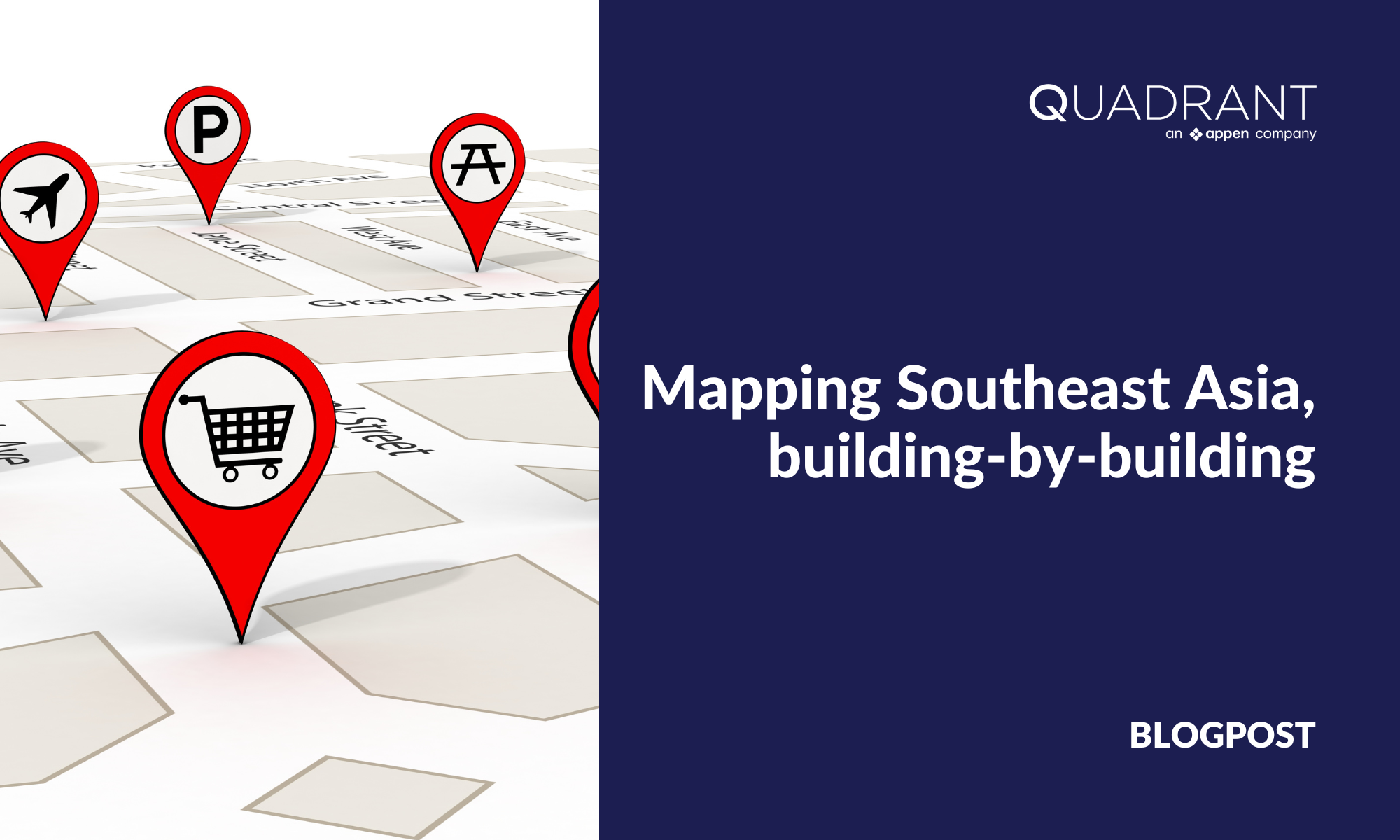High-quality Point-of-Interest (POI) data is the backbone of all location-based businesses and applications. Your customers rely on you to find day-to-day services such as transportation, food delivery, online shopping, and more. The speed, accuracy, and reliability in providing these services can be a determining factor in gaining and retaining customers.
But how do you ensure that the data powering your business are of good quality and up to date?
There are numerous data providers that claim to offer vast, accurate, and ideal POI datasets, but how do you correctly assess them? In this post, we will discuss a few factors to consider before buying POI data. Use them as a checklist for your purchase decision while selecting a data vendor!
Inaccurate POI data is not a new problem. This shot from the 1960s show Thunderbirds, although unrelated, accurately depicts the most common issue plaguing most POI datasets

Source: Screengrab from YouTube. An independent re-upload of "The Mighty Atom" an episode from the Thunderbirds television series first broadcast on 30/12/65.
Most off-the-shelf POI databases today are full of inaccuracies and mismatched locations. As a data buyer, your POI data procurement choices have a direct impact on the utilization of your services, therefore on your revenue and growth.
Understand POI coverage
Coverage can be a deceiving metric. After all, no vendor will ever say "well, sorry, we don't have too much data". It is important to understand what coverage actually means.
Quantity itself is rarely the issue, but coverage across categories and brands, and the completeness of data are often lacking.
A database with tens of thousands of POIs for Jakarta, for example, might only contain half of the restaurants or a third of bus stops. For certain use cases, you will need full brand coverage, like all the 7-Elevens in Hanoi. Ask your vendor how good their category and brand coverage are, even if they claim their database is "global"! They will always have more density in one country than the other.
Another very common issue with off-the-shelf data sets is the completeness of POI data - or rather the lack of it. Depending on your use case, information like business hours or a photo of the place might be important. If it is, purchasing a data set where only a fifth of retail stores have their business hours listed is a bad decision.
You should always verify the coverage by requesting updated numbers and sample data from the regions, categories, and brands you are interested in.
Assess their methods of POI data collection
Your potential vendor is also getting their POI data from somewhere! So it is a good idea to enquire about the vendors' sources and assess their reliability.
Vendors often extract data from web sources or public directories. Scraping these manually or with software might not be illegal, but it is discouraged. Moreover, such data extraction is time-consuming and labour intensive, and it is not ideal for large-scale POI projects.
Information on registered businesses can also be acquired from publicly available government sources, but these data can be non-exhaustive and only available for certain categories.
Some vendors utilize user-generated or crowdsourced POI data, but these are often plagued with user errors to a degree their usefulness is questionable.
Knowing where your vendor gets their data from is paramount. Scraped and user-generated data might be acceptable for small-scale analysis, but specific use cases require exhaustive, verified, and accurate POI data sets.
Scrutinise their verification and refresh frequency
Apart from the method of collection, the quality of POI also depends on how your data provider validates POIs and keeps them updated.
While some POIs such as beaches, monuments, etc. are more permanent, businesses, public establishments, and other POIs are dynamic and can change often. Businesses close, move, and are replaced by newer ones, new roads and residential projects are built all the time.
If a POI database is not refreshed periodically, these changes in the physical world are not reflected in the vendors' datasets. This lack of accuracy and freshness can lead to false insights and eventually wrong business decisions.
As a buyer, you must ask your vendor about their refresh frequency and procedure. How do they validate if a POI still exists where it is marked? How long ago was the POI recorded? When was the data last verified and updated?
Understand data formats, usability and data delivery
Even the most recent and accurate POI data can be challenging to work with if they are not normalised for analysis. You should understand if the data is complete and provides all the contextual information you need.
Ask if the data set needs additional preparation! You cannot be feeding your applications with inappropriately formatted POI data, and preparation can be time-consuming and require additional resources.
Additionally, think about the method of delivery. Some use cases are served better with API integration, which delivers POIs directly into your data platform of analytics applications. However, you don't have the option to update incorrect records and it can become very costly for large data sets. Bulk delivery, on the other hand, gives you the freedom to refine, update, and enrich incoming data, but you need to have your own cloud infrastructure to work with it.
Make sure that you carefully select your POI data partner. Do your due diligence, define your goals, and identify challenges before choosing a vendor that fits your unique business requirements. Assess your partner's ability to prepare data so it is consumable ‘out-of-the-box' and requires minimal overhead. By staying informed about the mechanics of how POI data is collected, maintained, and supplied, you can acquire high-quality POI data that is reliable and provides adequate ROI.
Quadrant is working on bringing tailor-made, custom POI datasets for our customers. Our POI database is powered by our proprietary POI collection & verification app, Geolancer. Geolancers manually grow and maintain our POI database by walking the city with their smartphones, mapping new locations, or verifying existing ones. Compared to other methods, this process of manual verification guarantees accuracy and promises an authentic, healthy stream of POI data.




